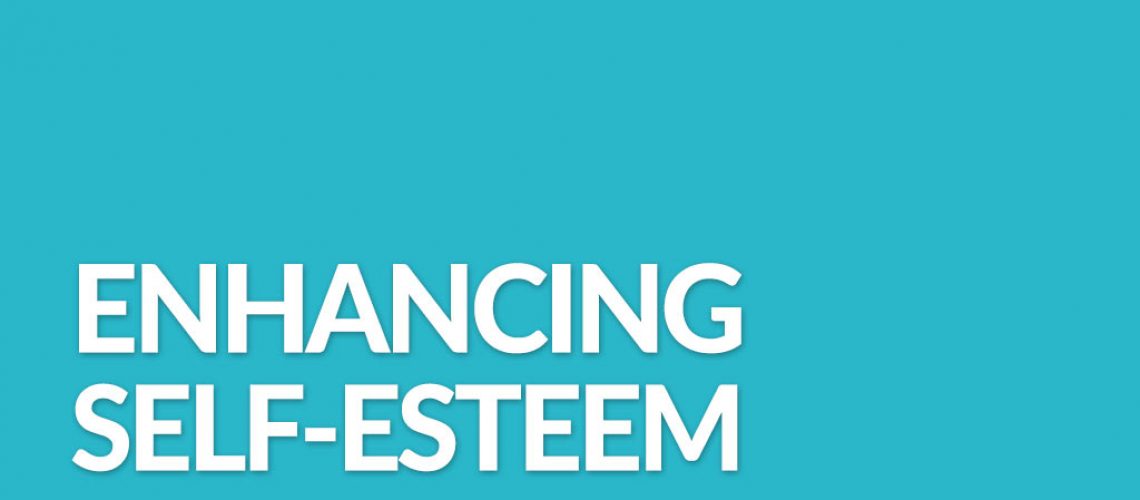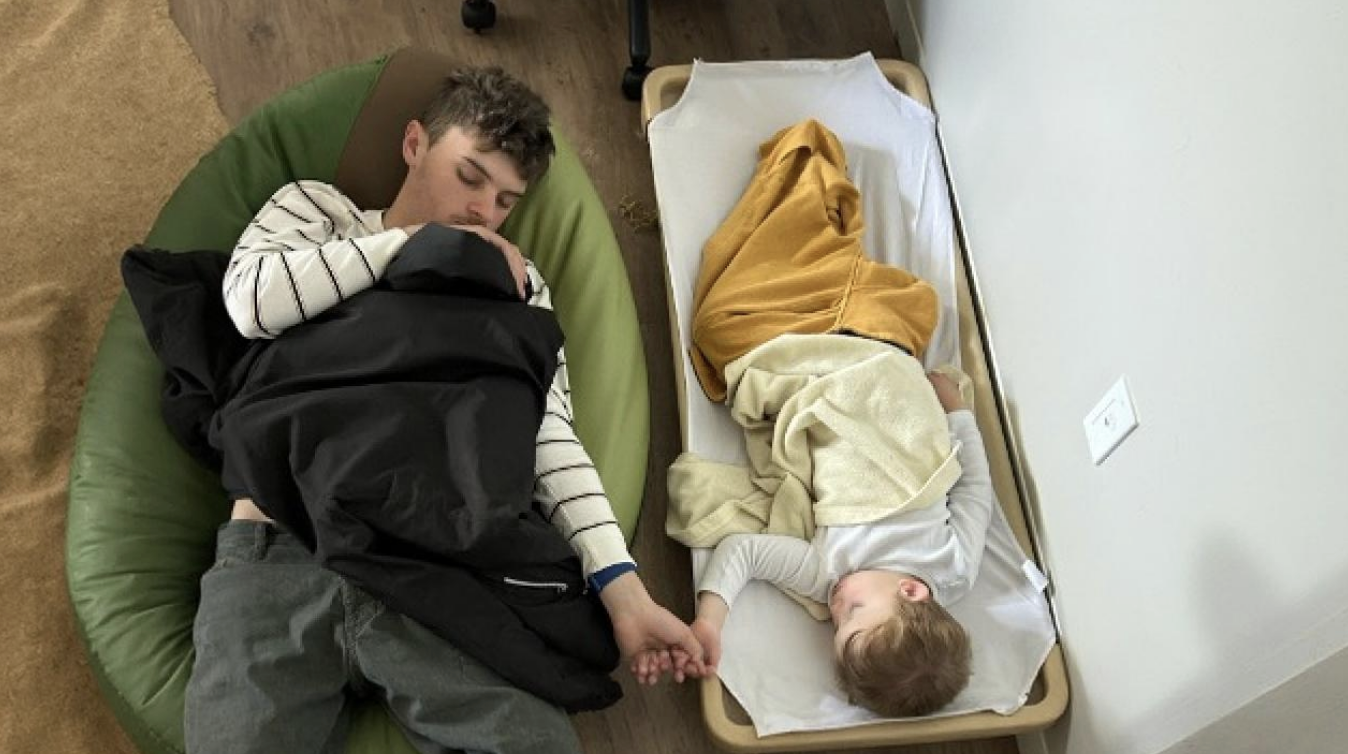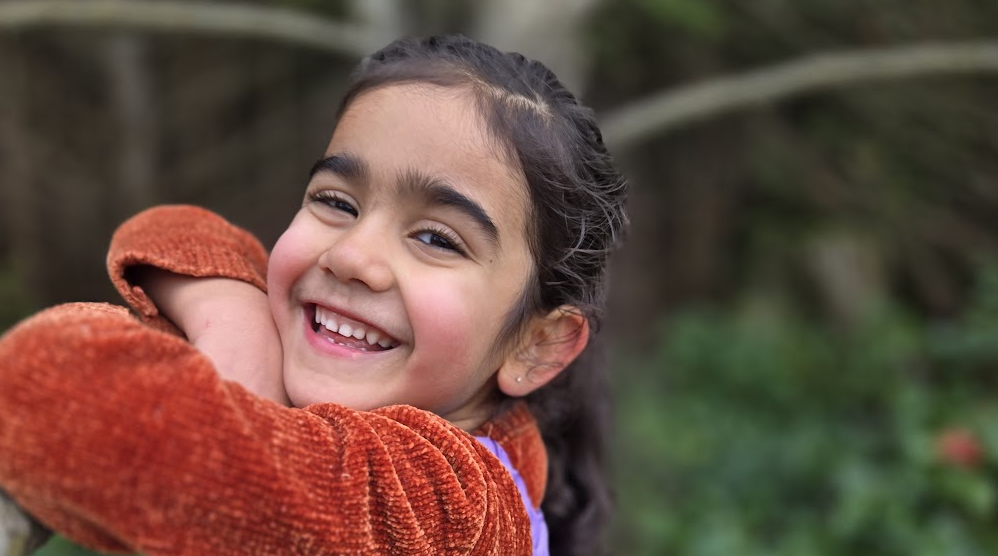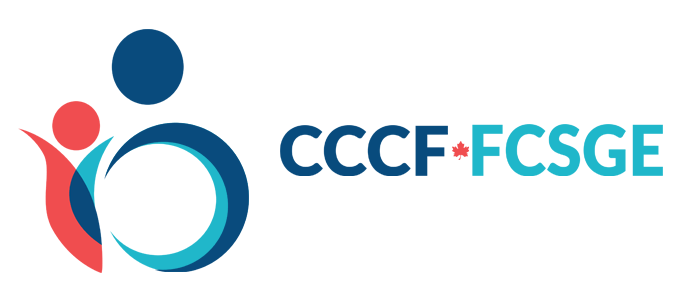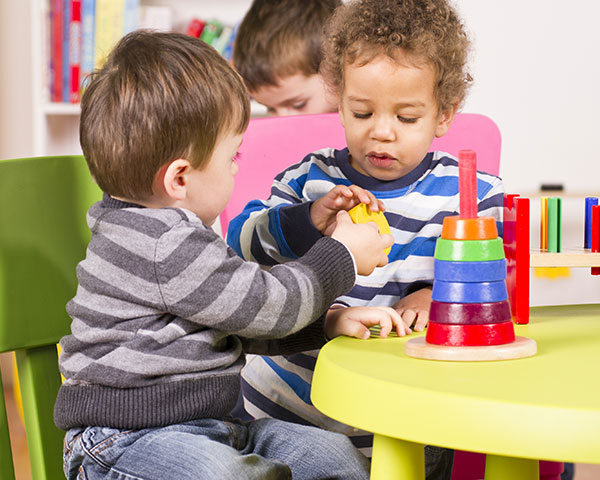When parents and practitioners join together in relationships of mutual respect, their partnership forms the foundation for children’s positive self-esteem.
The Six “A”s to Supporting Children as Lovable, Worthy and Competent
Parents and early learning and child care practitioners can support children’s self-esteem through the consistent use of these simple strategies:
- Affection – conveys a sincere sense of enjoying children and wanting to be with them
- Attentiveness – conveys a genuine interest in what children are interested in, and a desire to know children as individuals
- Acceptance – conveys your respect for children for who they are today, without pressure to change, to become someone else, or to conform
- Affirmation – conveys an acceptance of children’s feelings as real and legitimate
- Availability – emotional availability when feelings are intense to ensure that your child is not overwhelmed and “time in” to help a child regain control over strong emotions
- Admiration – recognition of their efforts and achievements, encouragement when the going gets tough, reassurance that it will get easier with time and practice.
” Parents and early learning and child care practitioners can support children’s self-esteem through the consistent use of these simple strategies”
Individual floor time1
- Make time for play and interaction with individual children.
- Encourage the child to choose and initiate the play or activity.
- Follow the child’s lead, observe, label and affirm the child’s perspective and ideas.
- Talk with the child, about his interests, asking open-ended questions.
- Ensure that there are plenty of mirrors so that children can observe themselves participating in various aspects of your program. Take photos to send home for parents to enjoy.
Group floor time
- Plan for and engage in small group interactions, ensuring that each child has a successful involvement that other children can observe and experience.
- Support and coach the skills children need in order to have successful interactions with their peers.
- Acknowledge and admire kindness, empathy and caring behaviours when demonstrated, pointing out the natural consequences for the well-being of their peers. “Jacob was sad but you really helped him feel better by drawing him a happy picture.”
- Model your acceptance and enjoyment of each child, so that children view all of their peers as valued play partners.
- Share observations of group floor time with parents.
Ensure each child feels valued and protected
- Offer each child comfort when he or she is hurt, upset or ill.
- Encourage children to bring personal items which provide comfort and connection to family (cuddly toy, favourite book, photos) and keep them in their personal space or cubby. Photos and labels will help to keep them separate from program materials.
- Learn key words and phrases in the languages of the children and families you serve.
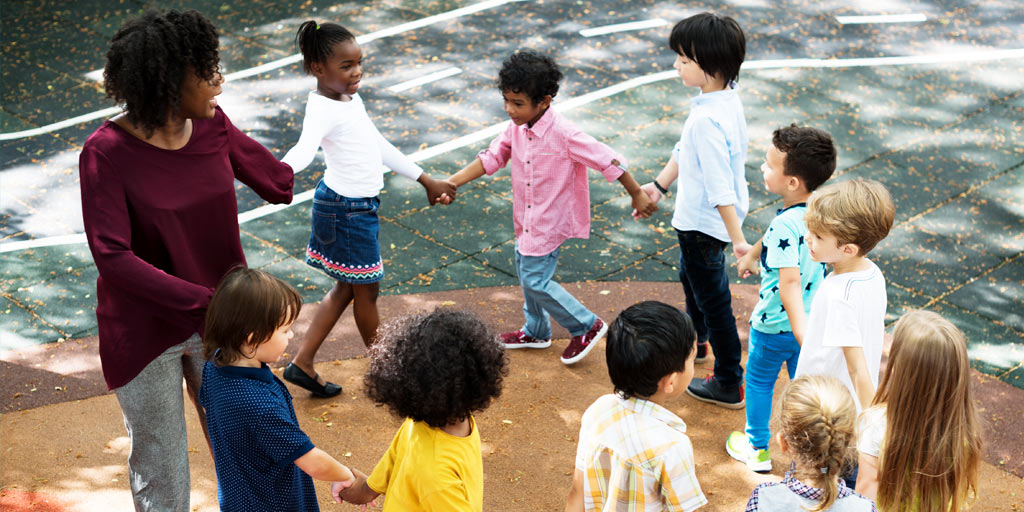
Ensure that each child feels competent and autonomous
- Support children’s initiative and encourage children to think of solutions to problems.
- Provide opportunities for children to engage in the exploration and mastery of their environment.
- Provide open-ended experiences to ensure that each child can be successful at an individual level.
- Observe, acknowledge and share successful achievements, enjoyable experience and children’s efforts with children, peers and parents.
Partner with parents
- Look to the Primary Caregiving model, which assigns a limited number of families to specific practitioners.
- Have open and respectful discussion about parent and program goals for children.
- Share observations with parents about the temperament and behaviour of their children, discussing both biological and developmental characteristics of their child.
- Endeavour to learn the cause of behaviour rather than just trying to manage or change the behaviour.
- Ensure that communication is free from judgment or criticism of either child or parent.
- Remember to acknowledge and compliment the parent for the parenting successes that you observe.
Create a variety of communication pathways with parents
- Use a communication book or mailbag to share positive notes, photos and observations with parents at arrival and departure times.
- Create individual journals or portfolios with each child, and include photos, drawings, anecdotes, stories, etc. on a regular basis. Add positive and admiring comments about the child’s characteristics and strengths. Be sure to make these available for children and parents to take home and look at again and again.
- Create a group journal that incorporates photos and drawings of all the children. Keep it in a small backpack and send it home to parents on a rotating basis, with empty pages for family contributions and comments.
Everyone benefits when a child’s positive self-esteem reflects the child’s sense of worth, competence, acceptance and social contribution to the group and community.
1. Reference: Greenspan, S.I. (2002) The Secure Child: Helping our Children Feel Safe and Confident in an Insecure World. Cambridge: Perseus Publishing, p. 61.


